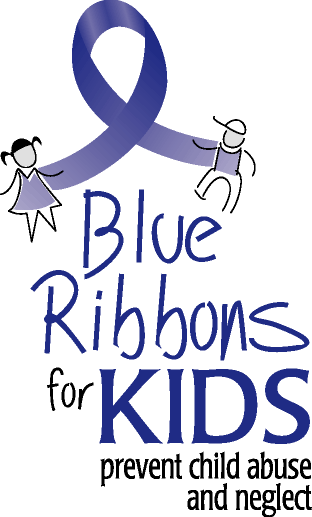
In an
article/news story, by Child Welfare Information Gateway, from childwelfare.gov, the idea of parental substance abuse being considered child abuse is discussed in different manners. To start off, my own thoughts on this particular subject is that no matter if it is while the mother is pregnant or if it is a situation where the parent is using illegal substances around the child, in my eyes it is still considered substance abuse. This particular article discusses different state laws.
According to the article/news story,
“Approximately 47 States, the District of Columbia, Guam, and
the U.S. Virgin Islands have laws within their child protection
statutes that address the issue of substance abuse by parents.”The First part discussed in the article/news story pertains to Prenatal Drug Exposure; within this part it discusses the Child Abuse Prevention and Treatment Act (CAPTA) and Child Protective Services (CPS) and Substance-Exposed Newborns (SENs). As stated in the article/news story, within the Child Abuse Prevention and Treatment Act it states that states are required to have some kind of rule/policy stating how they go about notifying Child Protective Services and Substance-Exposed Newborns.
As of 2009, when this article/news story was posted, there were approximately 16 states (along with the District of Columbia) who reported having specific procedures set up for reporting infants that they feel were either: “show evidence at birth of having been exposed to drugs, alcohol, or other controlled substances. To go along with this, there were also approximately 12 states during this time (along with the District of Columbia) who reported including prenatal exposure within their definitions of child abuse or neglect. States that required (at this time during the year 2009) that the State agency develops a plan for the infant to have safe care are: Hawaii and Maine. States that required that the agency completes an assessment of the infant’s and infant’s family’s needs and make a referral to the appropriate services are: California, Maryland, Minnesota, Missouri, and Nevada, along with the District of Columbia. The States that required that mandated reporters report when they suspect that pregnant women are abusing illegal substances so that those women can be referred for proper treatment are: Illinois and Minnesota.
The Second part discussed in the article/news story pertains to Children Exposed to Illegal Drug Activity. According to this part of the article/news story, some examples of specific circumstances some states considered child abuse or neglect are: “manufacturing a controlled substance in the presence of a child or on premises occupied by a child”, “exposing a child to, or allowing a child to be present where, chemicals or equipment for the manufacture of controlled substances are used or stored”, “selling, distributing, or giving drugs or alcohol to a child”, “using a controlled substance that impairs the caregivers ability to adequately care for the child”, and “exposing a child to the criminal sale or distribution of drugs.”
According to the article/news story, when this was published in 2009, there were currently 25 states (and the U.S. Virgin Islands who address the issue of parents/guardians exposing children to illegal drug activity within their criminal statutes. In the year 2009, there were currently 14 states where either the manufacturing or possession of methamphetamine in the presence of a child is automatically considered a felony. Along with this information, it is also stated that as of 2009, there were four states where instead of just strictly methamphetamine, the manufacturing or possession of any controlled substance within a child’s presence results in a felony.
As of when this article/ news story was published in 2009, specific states that enhanced penalties for “any conviction for the manufacture of methamphetamine when a child was on the premises where the occurred” were: California, Mississippi, Montana, North Carolina, Ohio, and Washington. To conclude my summary of the second part of the article/ news story, there are also the states during that time that currently considered the exposure of children to the manufacturing, possession, or distribution of illegal drugs/substances child endangerment. The states where the exposure of a child to drugs and or drug paraphernalia was considered a crime in these specific states: North Dakota, Utah, and the Virgin Islands. To conclude my summary of the second part of the article/ news story, along with those states, there were also: North Carolina and Wyoming who considered giving an illegal drug/substance to child by anyone a felony.
As I stated previously, this is a social problem where it isn’t necessarily children taking part in abusing illegal substances, but tying back to the views on issues such as Fetal Alcohol Syndrome that I presented my blog about a while back in the semester. It is clear that the social problem of parental illegal substance/drug abuse being considered child abuse is a very wide spread issue. Even though the article/ news story was written in 2009, it is still pretty recent statistics. Hopefully, I plan to look more into this particular social problems, the number of states has grown more and more. I have always had strong feelings against parental illegal substance/drug abuse and child abuse, and this article has definitely touched my heart and opened my eyes even more.







